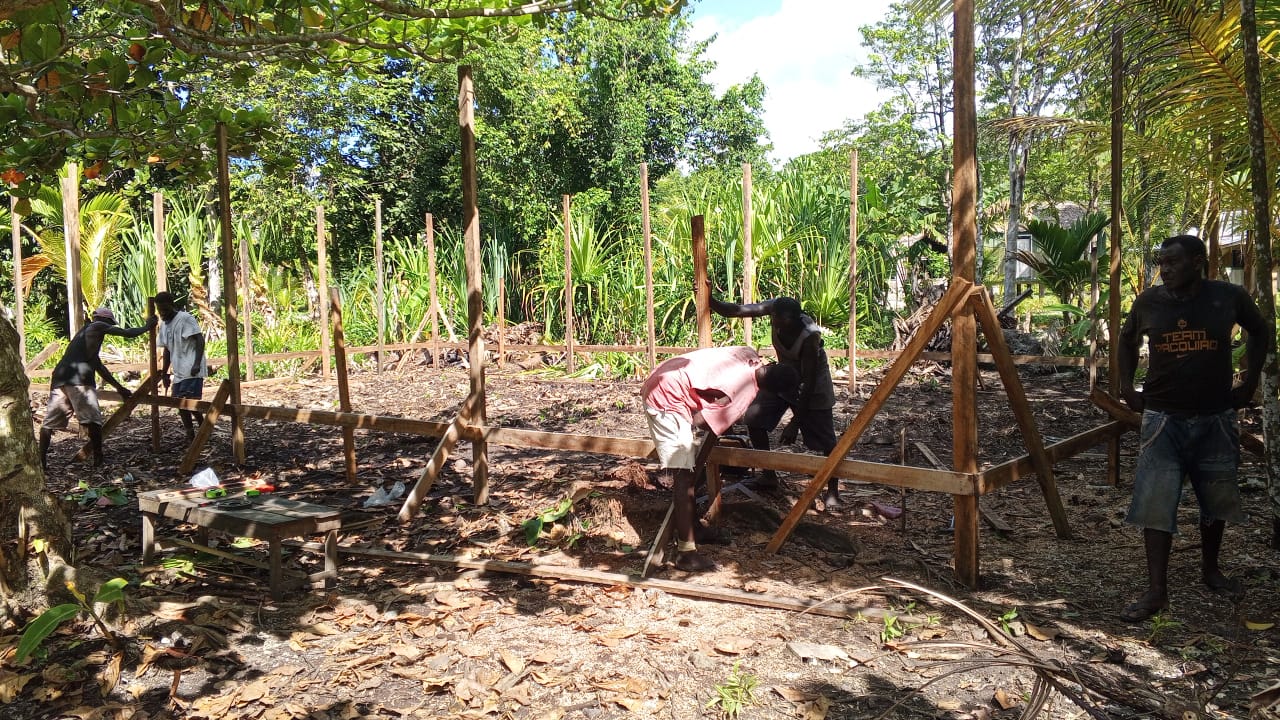Step 1
In a jug or medium bowl, combine the warm water, yeast and caster sugar and set aside for 5-7 minutes, or until the yeast is foamy. The foam is key to knowing whether your yeast is alive and active.
Step 2
In the bowl of a stand mixer fitted with the dough hook, combine the salt and flour and slowly pour in the yeast mixture, mixing on medium speed until a soft dough forms. Continue to mix the dough for 5-7 minutes or until the dough pulls away from the sides of the bowl. Add the softened butter and continue to mix until the butter is incorporated and the dough is smooth and elastic. You will know the dough has been kneaded for long enough when it can be stretched without immediately tearing, a sign the gluten has developed and the dough is ready for its first proof.
Step 3
Transfer the dough to a lightly oiled bowl and cover tightly with cling film. Set aside in a warm place. If your oven has a proofing function, this is ideal. If not, you could also turn the oven light on in the cold oven, creating a warm chamber for the first proof. For the first proof, allow 1-1½ hours, or until the dough has doubled in size.
Step 4
Once doubled, turn the dough out onto a lightly floured surface and divide into 16 even-sized pieces. Roll each piece out into a 15cm log before tying it into a knot as if you were knotting rope. Tuck each end under the knot to form a neat knotted ball.
Step 5
Place the knots onto two baking trays lined with baking paper and cover lightly with clingfilm. Set aside in a warm place to double in size again, about 45 minutes. Meanwhile, preheat the oven to 180C fan-forced (200C conventional).
Step 6
Once the knots have doubled, brush them with some of the melted butter and bake for 12-15 minutes or until golden brown.
Step 7
To make the garlic butter, combine the remaining butter with the garlic, parsley and salt in a bowl. While the buns are still warm from the oven, liberally coat them with garlic butter. These are best served warm and fresh.






